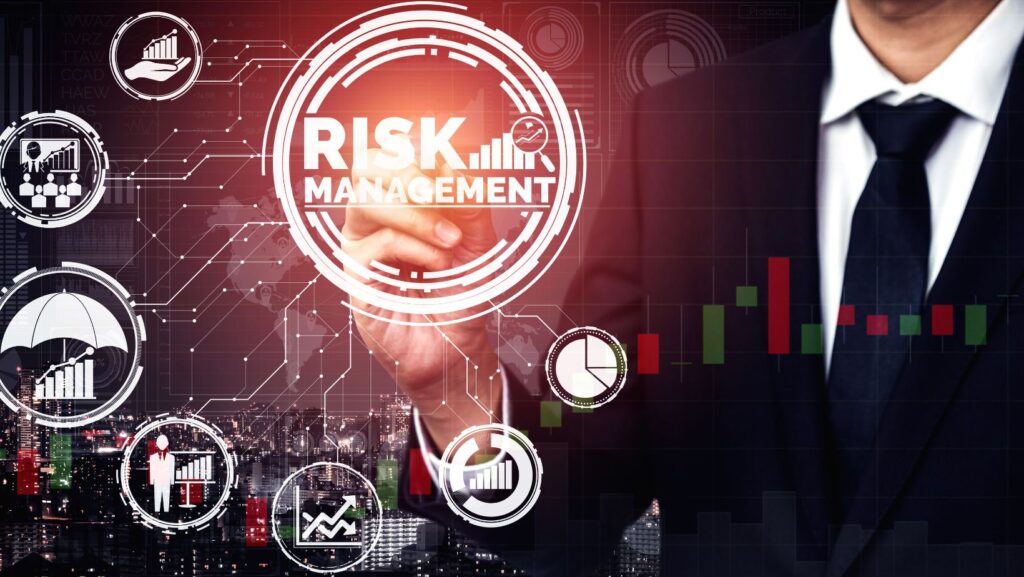
A financial perspective has long been used to analyze vendor risk management. Businesses keep a close eye on balance sheets, credit ratings, and payment records to prevent supply chain interruptions brought on by bankruptcy. Although it is still crucial, financial stability is insufficient now. Third-party connections now affect almost every aspect of corporate performance, from sustainability and brand reputation to cybersecurity and compliance.
This complexity is recognized by a comprehensive approach to vendor risk management. Organizations can uncover hidden weaknesses, safeguard operations, and forge better alliances by broadening oversight beyond financial indicators. Because they have the information and procedures that link supplier actions to organizational results, procurement operations are essential to this change. With the aid of modern procurement software, businesses can track these risks across categories and integrate them into their decision-making frameworks.
Why Vendor Risk Management Needs a Wider Lens
Focusing exclusively on financial indicators leaves companies exposed to risks that emerge from other areas. Cyberattacks, regulatory breaches, and environmental missteps often originate in third-party networks. According to the Ponemon Institute, 54 percent of healthcare organizations have experienced a data breach caused by a vendor, illustrating how non-financial risks can be just as damaging as financial ones.
These occurrences damage shareholder trust in addition to causing fines or losses. Organizations can identify and anticipate these interrelated risks by using a more comprehensive vendor risk management strategy.
Key Dimensions of Vendor Risk Beyond Finance
Vendor risk must be understood across multiple categories. Each type introduces unique challenges and requires tailored controls.
Operational Risk
Production lines might be stopped and client deliveries delayed by suppliers that don’t satisfy deadlines or quality standards. Disruptions during international crises, like port closures brought on by pandemics, demonstrate how operational risk impacts company continuity. Procurement teams must use lead times, capacity evaluations, and delivery histories to gauge a vendor’s dependability.
Cybersecurity and Data Protection
Because they frequently have access to private systems, third parties could be a point of entry for cybercriminals. The 2021 SolarWinds hack showed how thousands of businesses might be compromised at once due to vendor weaknesses. Risk management now typically includes contractual requirements for data protection and ongoing monitoring of vendor cybersecurity policies.

Regulatory and ESG Compliance
Vendors act as extensions of a company’s compliance footprint. If suppliers violate environmental or labor regulations, accountability frequently extends to their clients. In the European Union, the Corporate Sustainability Reporting Directive (CSRD) requires companies to report on ESG practices across their supply chain, making supplier compliance critical.
Vendor Risk Types and Potential Consequences
| Risk Type | Example | Potential Consequences |
| Financial | Supplier insolvency | Production delays, financial loss |
| Operational | Delivery failures | Missed deadlines, customer dissatisfaction |
| Cybersecurity | Vendor system breach | Data theft, reputational harm |
| Compliance | Labor law violations | Legal penalties, fines |
| ESG | Environmental negligence | Loss of stakeholder trust, sanctions |
Building a Holistic Vendor Risk Management Framework
To effectively address these risks, organizations need a framework that incorporates multiple perspectives. Finance, compliance, IT, and procurement must collaborate in vendor oversight.
Vendor Risk Categorization
Not every dealer is equally dangerous. Allocating resources correctly is ensured by classifying them according to criticality. While a supplier of office supplies might need recurring evaluations, a vendor providing essential components might need ongoing oversight. Procurement can implement controls proportionate to the possible impact thanks to risk segmentation.
Technology’s Role in Vendor Risk Monitoring
By automating alarms and centralizing vendor data, digital platforms streamline risk management. Risk dashboards provide real-time tracking of cyber assessments, compliance certifications, and performance metrics. According to Forrester, companies that use automated risk solutions have a distinct advantage in prevention since they cut down on the average time it takes to identify vendor-related problems by over 30%.
Best Practices for Sustainable Vendor Risk Management
Sustainable vendor risk management extends beyond annual reviews. It is an ongoing process woven into the procurement lifecycle.
Collaboration Between Departments
Finance, IT, compliance, and procurement teams must share responsibility. Finance tracks credit health, IT monitors data security, compliance ensures adherence to regulations, and procurement consolidates these inputs. Breaking down silos enables organizations to build a unified view of vendor performance.
Periodic Reviews and Audit Readiness
Vendor assessments should not be one-time checks. Regular reviews provide early warnings of emerging risks. Auditors increasingly look for evidence of continuous monitoring, and businesses that embed these practices reduce the risk of audit findings or penalties.
Case Example – Expanding Risk Management Beyond Finance
With assets of almost $1 billion, Pentucket Bank, a small bank in Massachusetts, was under increased pressure to oversee an expanding network of outside contractors. Manual tracking techniques no longer offered enough visibility or control as vendor relationships increased and regulatory expectations grew.
The bank used virtual vendor management services in conjunction with a centralized vendor risk management platform to overcome these obstacles. This change established a systematic procedure for contract supervision, due diligence, and continuing observation. The bank was able to provide comprehensive reports and prove compliance during inspections by consolidating vendor data into a single system.
The results were tangible. Pentucket Bank achieved full lifecycle visibility across its vendor base, improved vendor performance, and reduced overall third-party risk exposure. In addition, the bank strengthened its audit readiness, as regulators could review a clear trail of documentation and risk assessments. By expanding its vendor risk management strategy beyond financial indicators, Pentucket Bank not only met compliance requirements but also enhanced operational resilience and accountability (WolfPAC Solutions).
How Procurement Data Strengthens Risk Oversight
Procurement data provides the evidence needed to evaluate vendor risk in a structured way. Delivery performance, invoice accuracy, contract compliance, and dispute resolution history all form part of a supplier’s risk profile. When integrated with financial and cyber assessments, this data gives organizations a complete view of vendor reliability.
Analytics applied to procurement data also improve foresight. Identifying patterns in late deliveries or recurring disputes reveals risks that may not appear in financial reports. This proactive approach enables procurement teams to intervene before problems escalate into costly disruptions.
The Strategic Value of Holistic Vendor Risk Management
Taking vendor risk management outside of finance gives you a competitive edge in addition to protection. Resilient supply chains enable businesses to bounce back from interruptions and adjust to changes in the market more quickly. Relationships are also strengthened by transparent vendor control since suppliers respect customers who place a high emphasis on cooperation and accountability.
Holistic vendor risk management is emerging as a key component of corporate strategy as companies come under more and more scrutiny from investors, consumers, and regulators. Procurement guarantees that firms are not only financially safe but also operationally and reputationally robust by addressing risks across operational, cyber, compliance, and ESG dimensions.
Frequently Asked Questions (FAQs)
What is vendor risk management?
Vendor risk management is the process of identifying, evaluating, and mitigating risks introduced by third-party suppliers and service providers.
Why is vendor risk management important?
It is important because vendors can create risks beyond finance, including operational disruptions, cybersecurity breaches, and compliance violations.
How to automate vendor risk management?
Automation involves using risk dashboards, monitoring software, and centralized data systems that issue alerts for anomalies or compliance lapses.
What are vendor risk management best practices?
Best practices include vendor segmentation, continuous monitoring, cross-department collaboration, and embedding compliance checks into procurement workflows.
How to create a vendor risk management policy?
A policy should define risk categories, outline assessment procedures, set review intervals, and assign accountability across departments.
Word count (text) – 1233
Characters (with meta description) – 9304












